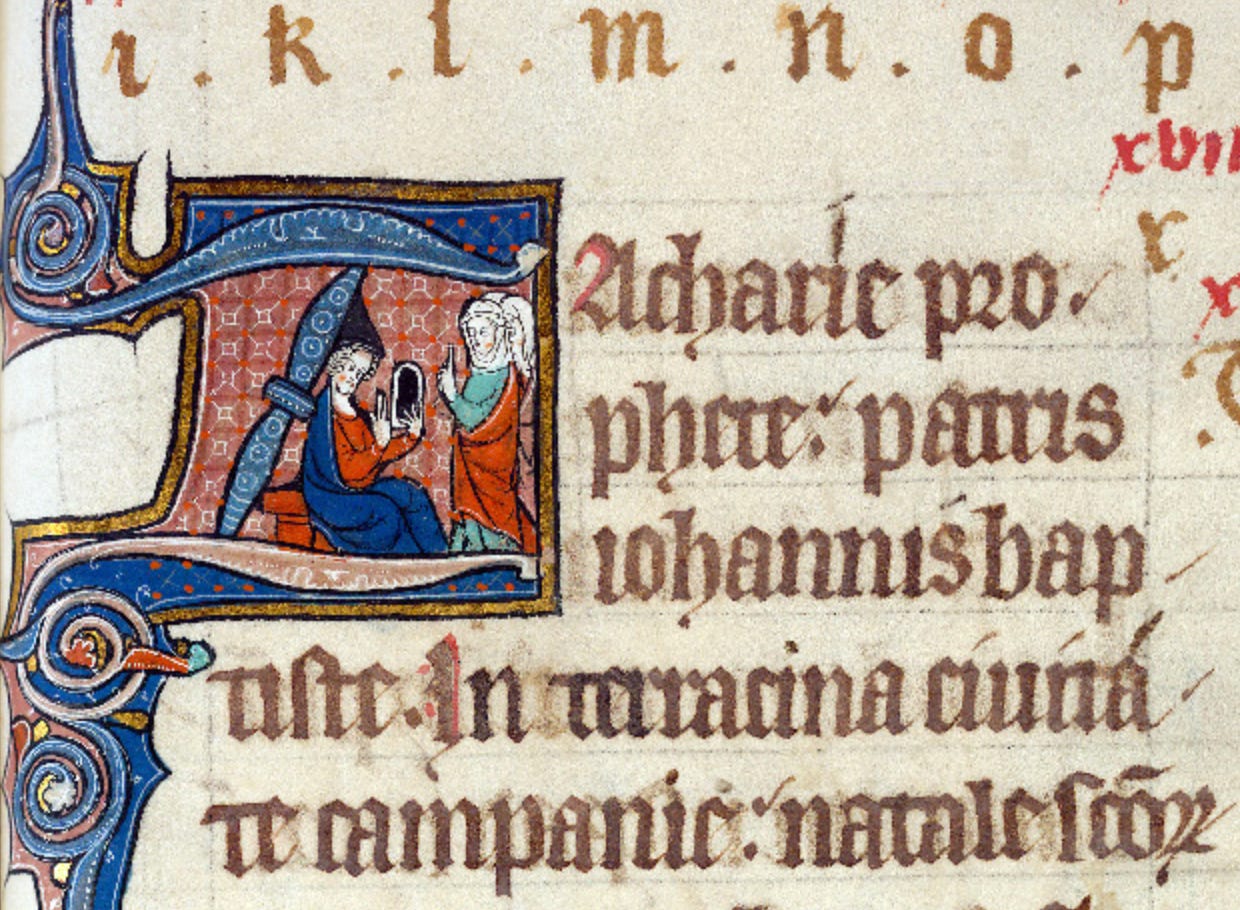Tabula rasa

Write your name on this tablet, please! Valenciennes, Bibliothèque Municipale, 838
The smart tablet may be smart, but it’s a tablet after all. The ancients and the medievals also used tablets, which were often the size of an iPad mini. The wax tablets were also pretty smart. They were not powered, except by human energy, but they packed some impressive …
Keep reading with a 7-day free trial
Subscribe to Biblonia to keep reading this post and get 7 days of free access to the full post archives.

